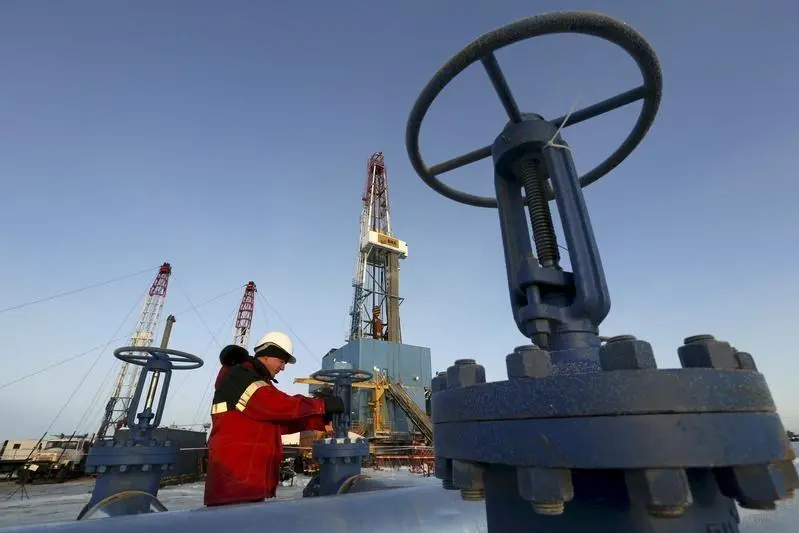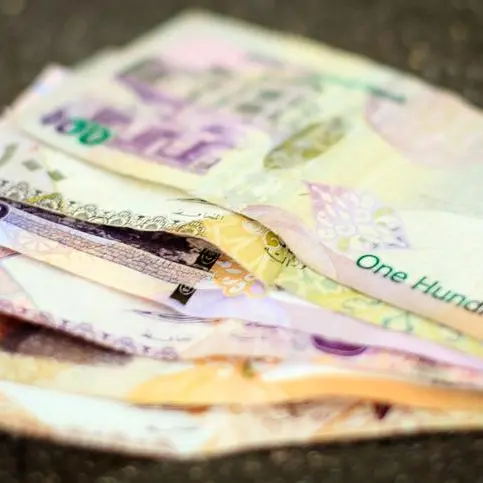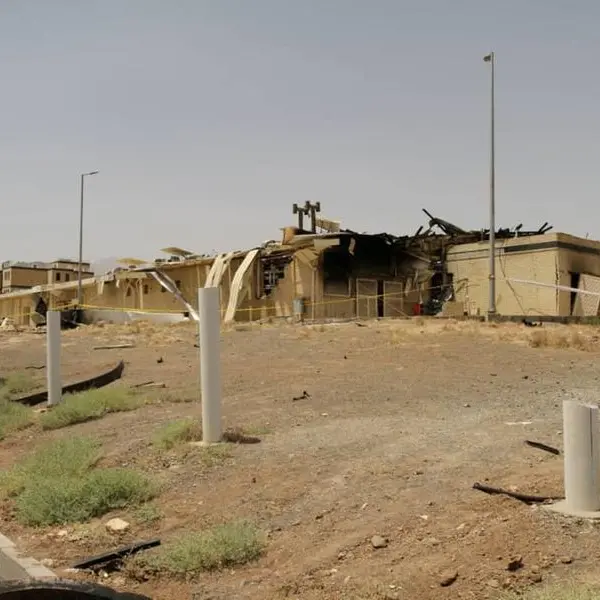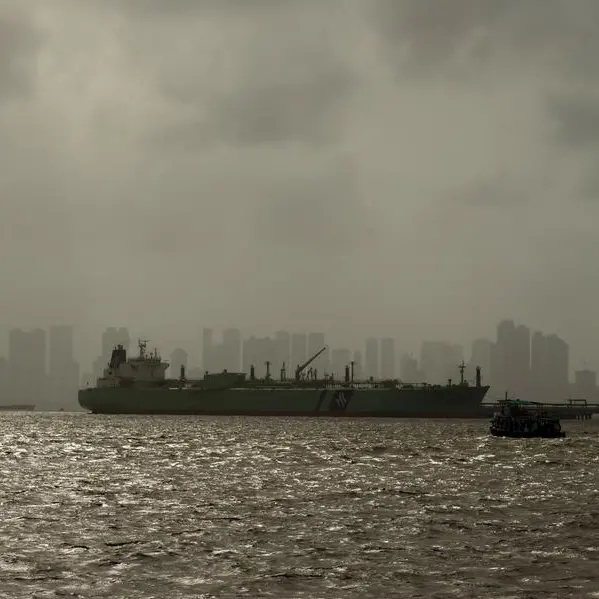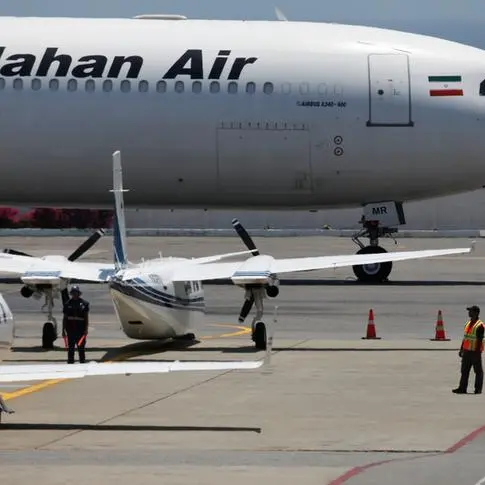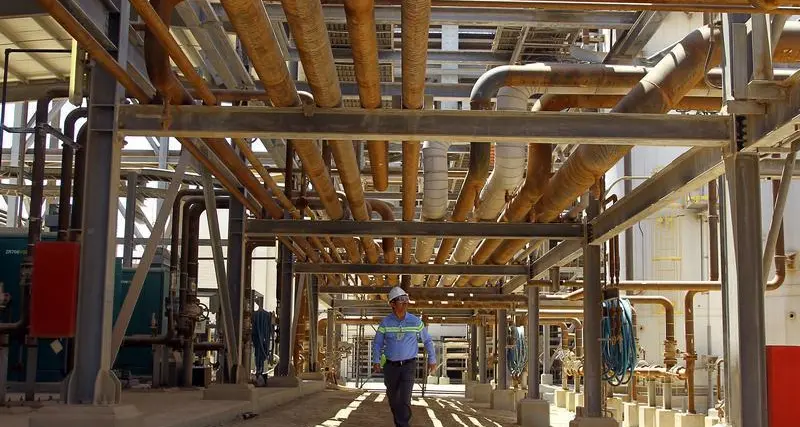PHOTO
After the choppy markets caused by Hurricane Harvey, oil prices resumed normal behaviour as they were influenced by near fundamental market forces. The initial price declines were caused by the loss of refining capacity due to severe rain and flooding in Houston and Louisiana oil facilities.
The loss amounted, at some times, to more than 4 million barrels a day (mbd) and the loss of oil production to about 1.4-mbd. Local demand for crude reduced and prices declined but were kept in the range of the last couple of months where WTI and Brent posted $47.24 (Dh173.37) and $52.74, respectively.
Surprisingly, even though Hurricane Irma immediately followed in the footsteps of Harvey, the oil market was affected only by a limited decline of gasoline and diesel demand as the new hurricane hit Florida away from any major oil facility. The situation normalised as six refineries restarted along the Texas Gulf Coast, either totally or partially depending on the damage they sustained.
Demand for crude increased, but price appreciation was moderated by a recovering oil production. However, there were other factors outside of these situations in the US that came into play to change the mood in the market over the last few days of trading.
Prices rose slowly and at one point in time WTI passed the mark of $50 a barrel and Brent went well over $55. As I write, prices were at $49.55 and $55.17, a slight decline from a day earlier.
Compliance rate
First, there was Septembers Monthly Oil Market Report of Opec that showed production from its members fell in August by about 80,000 barrels a day compared to July. The IEA reported a higher decline of 210,000 barrels a day after renewed turmoil in Libya, adding that, The 12 members bound by Opecs supply pact raised their compliance rate to 82 per cent from 75 per cent during July.
For the year as whole their compliance rate is 86 per cent, a great adherence based on historical record. Globally, August production was also down by 720,000 barrels a day due to unplanned outages and scheduled maintenance, mainly in non-Opec countries.
But the bigger surprise comes from a very bullish IEA September Oil Market Report, where it revised upward growth in oil demand for 2017 to 1.6-mbd driven by a growth of 2.3-mbd in the second quarter of 2017, a time where demand moderates or even decline.
Opec still maintains a growth of 1.42-mbd and such a high difference between the two estimates needs to be resolved, especially as the two use closely related databases.
Commercial stocks in the OECD region was unchanged in August compared to July at 3.01 million barrels, and the level over the five-year average fell to 190 million barrels (mb) where crude and products stocks perhaps declined by 120- and 72-mb. Product stocks are now only 35 mb above the five-year average and could fall even below that average.
Reuters also reported that the volume of North Sea floating storage stocks has fallen since mid-August in line with the fall in global floating oil storage from over a 100-mb in June to just over 71-mb in July and probably less by now.
Although the hurricane season is not over yet, its impact on the oil market has been limited. But the US industry is likely to effect many changes to prepare itself for future severe weather related incidents to limit damages and operational losses.
Sustainable
The question must be asked whether the current market rally is sustainable. Market participants increasingly believe that markets are tightening and prices may rise modestly.
In a recent survey by Bloomberg, the majority of surveyed pundits still believe the situation to be lower-for-longer price band. The simple average of oil prices expected in 2018 is around $52 a barrel for WTI with pundits expectations between $44 and over $60 a barrel.
In 2018, oil demand is expected to grow by 1.4-mbd by both Opec and IEA forecast. Supplies from outside Opec are forecast to increase by 1.2 and 1.5-mbd by Opec and IEA. With such outlook and considering the still high level of oil stocks in consuming countries, Opec and its associates of non-Opec producers must consider the extension of their production pact beyond the end of March 2018 to be able to build on the achievement so far.
So far this year, the price of Opec basket of crudes has improved over 2016 level by 30.9 per cent to $49.73 a barrel with the prices of other markers increasing accordingly.
There is no doubt now that the production accord is working and its participants should not undo its positive impact by terminating it prematurely.
The writer is former head of the Energy Studies Department at the Opec Secretariat in Vienna.
The loss amounted, at some times, to more than 4 million barrels a day (mbd) and the loss of oil production to about 1.4-mbd. Local demand for crude reduced and prices declined but were kept in the range of the last couple of months where WTI and Brent posted $47.24 (Dh173.37) and $52.74, respectively.
Surprisingly, even though Hurricane Irma immediately followed in the footsteps of Harvey, the oil market was affected only by a limited decline of gasoline and diesel demand as the new hurricane hit Florida away from any major oil facility. The situation normalised as six refineries restarted along the Texas Gulf Coast, either totally or partially depending on the damage they sustained.
Demand for crude increased, but price appreciation was moderated by a recovering oil production. However, there were other factors outside of these situations in the US that came into play to change the mood in the market over the last few days of trading.
Prices rose slowly and at one point in time WTI passed the mark of $50 a barrel and Brent went well over $55. As I write, prices were at $49.55 and $55.17, a slight decline from a day earlier.
Compliance rate
First, there was Septembers Monthly Oil Market Report of Opec that showed production from its members fell in August by about 80,000 barrels a day compared to July. The IEA reported a higher decline of 210,000 barrels a day after renewed turmoil in Libya, adding that, The 12 members bound by Opecs supply pact raised their compliance rate to 82 per cent from 75 per cent during July.
For the year as whole their compliance rate is 86 per cent, a great adherence based on historical record. Globally, August production was also down by 720,000 barrels a day due to unplanned outages and scheduled maintenance, mainly in non-Opec countries.
But the bigger surprise comes from a very bullish IEA September Oil Market Report, where it revised upward growth in oil demand for 2017 to 1.6-mbd driven by a growth of 2.3-mbd in the second quarter of 2017, a time where demand moderates or even decline.
Opec still maintains a growth of 1.42-mbd and such a high difference between the two estimates needs to be resolved, especially as the two use closely related databases.
Commercial stocks in the OECD region was unchanged in August compared to July at 3.01 million barrels, and the level over the five-year average fell to 190 million barrels (mb) where crude and products stocks perhaps declined by 120- and 72-mb. Product stocks are now only 35 mb above the five-year average and could fall even below that average.
Reuters also reported that the volume of North Sea floating storage stocks has fallen since mid-August in line with the fall in global floating oil storage from over a 100-mb in June to just over 71-mb in July and probably less by now.
Although the hurricane season is not over yet, its impact on the oil market has been limited. But the US industry is likely to effect many changes to prepare itself for future severe weather related incidents to limit damages and operational losses.
Sustainable
The question must be asked whether the current market rally is sustainable. Market participants increasingly believe that markets are tightening and prices may rise modestly.
In a recent survey by Bloomberg, the majority of surveyed pundits still believe the situation to be lower-for-longer price band. The simple average of oil prices expected in 2018 is around $52 a barrel for WTI with pundits expectations between $44 and over $60 a barrel.
In 2018, oil demand is expected to grow by 1.4-mbd by both Opec and IEA forecast. Supplies from outside Opec are forecast to increase by 1.2 and 1.5-mbd by Opec and IEA. With such outlook and considering the still high level of oil stocks in consuming countries, Opec and its associates of non-Opec producers must consider the extension of their production pact beyond the end of March 2018 to be able to build on the achievement so far.
So far this year, the price of Opec basket of crudes has improved over 2016 level by 30.9 per cent to $49.73 a barrel with the prices of other markers increasing accordingly.
There is no doubt now that the production accord is working and its participants should not undo its positive impact by terminating it prematurely.
The writer is former head of the Energy Studies Department at the Opec Secretariat in Vienna.
Al Nisr Publishing LLC 2017. All rights reserved. Provided by SyndiGate Media Inc. (Syndigate.info).
